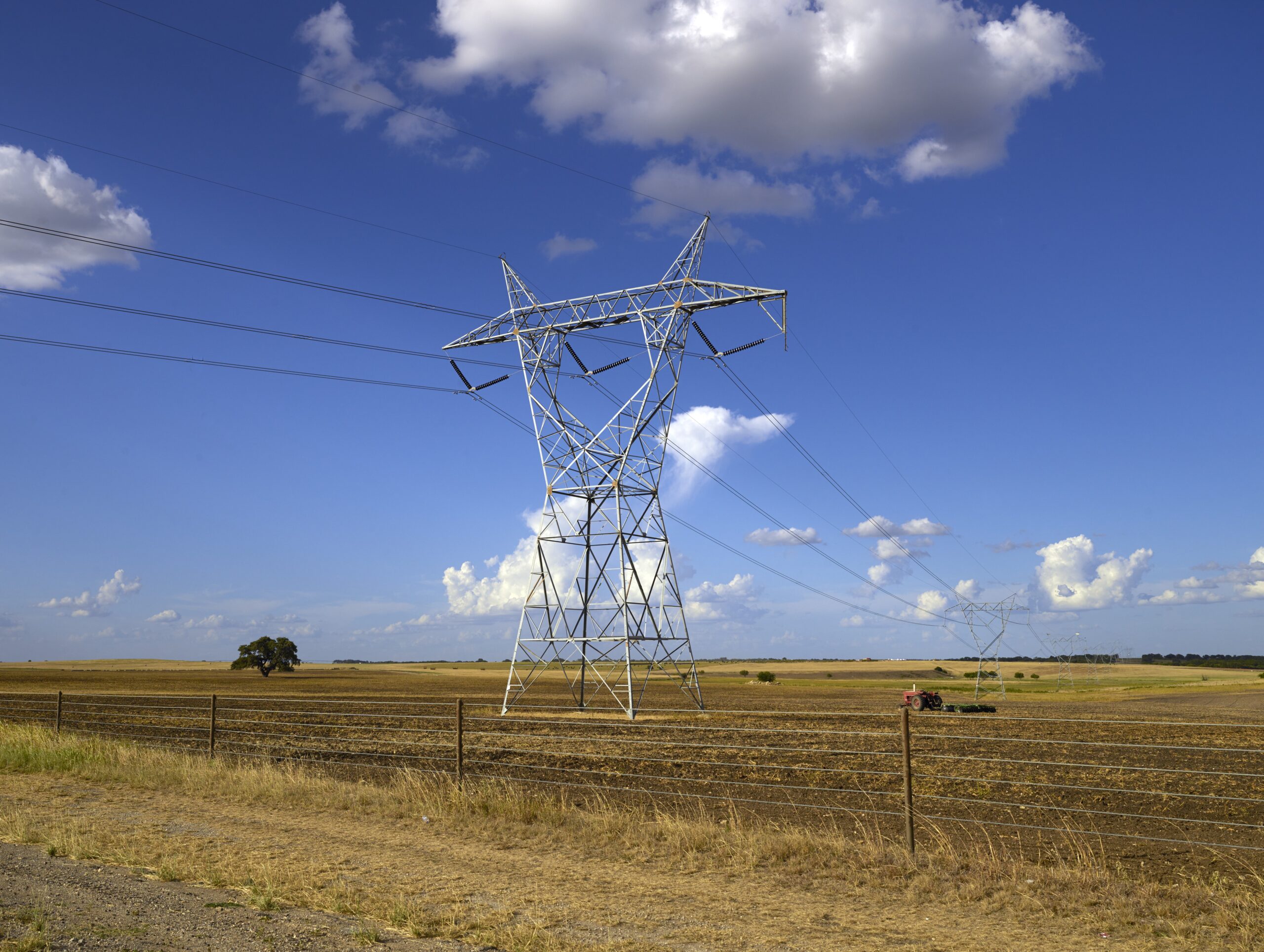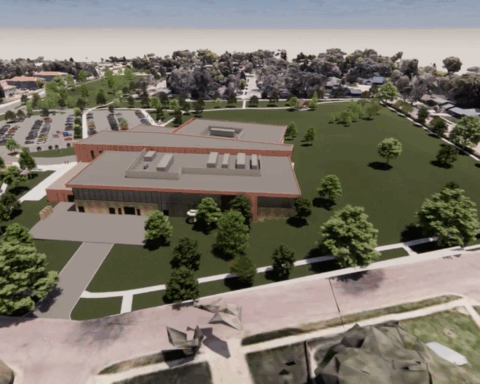Part of a $1.5 billion investment in new transmission lines from the U.S. Department of Energy could finally connect the power grid in Texas to the nationwide power grid.
The Texas power grid, operated by the Electric Reliability Council of Texas (ERCOT), is perhaps most known for both its isolation from the rest of the country and its massive failure during Winter Storm Uri in February 2021, where millions of Texas lost power as temperatures across the state plunged into the single digits for days.
246 Texans died as a result of the storm, with almost two-thirds of those deaths caused by hypothermia.
Around 90% of the state’s electricity is run solely through the Texas grid. The remaining 10%, including El Paso on the western border and Beaumont on the southeastern border, are connected to other grids and did not suffer mass power outages during the storm.
RELATED: Texas energy operator plans to match grid demand and state economic growth
The Southern Spirit project would construct a 320-mile high-voltage direct-current line connecting ERCOT with southeastern U.S. power markets from neighboring Louisiana and Mississippi for the first time.
The project was awarded $360 million by the DOE’s Transmission Facilitation Program, a revolving fund program established under the 2021 Infrastructure Investment and Jobs Act. The program is designed to help overcome financial hurdles facing transmission development, acting as a catalyst for projects that might otherwise struggle to secure funding.
DOE says this connection will enhance reliability during extreme weather events and provide 3,000 megawatts of bidirectional capacity. It will also create 850 construction jobs and 305 permanent operations jobs.
The Southern Spirit transmission line is funded by Patten Energy at a cost of more than $2.6 billion. Patten Energy notes in a project overview that ERCOT’s independence from federal regulation would be maintained following this connection.
Texas established its own grid following the passage of the 1935 Power Act, which gave the federal government the authority to regulate power transactions between states. Texas wanted to avoid selling or purchasing electricity from other states and to establish freedom from federal oversight, according to the state comptroller’s office.
The project is targeting 2028 to begin full construction.
Photo courtesy Carol M. Highsmith, Public domain, via Wikimedia Commons













